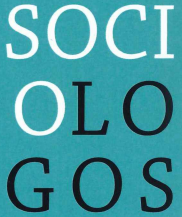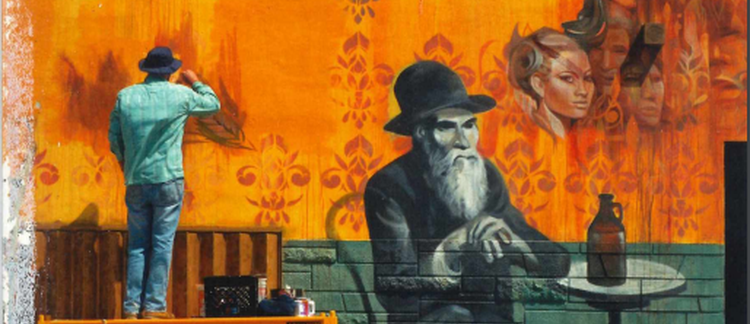Abstract
Notwithstanding substantial criticism on Florida’s creative city thesis, many national and local governments have taken a great variety of initiatives to stimulate creative entrepreneurship. Besides economic development, an important reason often underlying these initiatives is urban regeneration. This article focuses on one of those initiatives, namely the Creative Factory in Rotterdam, which has offered both accommodation and support to 70 creative entrepreneurs from 2008 onwards. The main aim was to contribute to economic development and employment in Rotterdam by attracting and stimulating creative entrepreneurship. Besides, the intention was to give a boost to the surrounding deprived neighbourhoods. In this article, we scrutinize how the connection between the Creative Factory and the regeneration of the surrounding neighbourhoods was established and how it turned out to be in practice, and which socioeconomic effects it had on neighbourhood residents, according to the stakeholders involved. Our article is based on a case study on the effects of the Creative Factory on the surroundings. Data were collected between October 2010 and June 2013 using document analysis, in-depth interviews, participatory observation and informal conversations. Our research shows that in establishing and maintaining this connection, the municipality of Rotterdam and the other stakeholders were mainly motivated by political and economic considerations, and that there was no deliberate strategy concerning how the Creative Factory could contribute to the socioeconomic development of neighbourhood residents. It is also clear that according to the stakeholders, the Creative Factory did not contribute substantially to this socioeconomic development. These stakeholders had a strong interest in the success of the project, therefore it may be argued that this conclusion comes from a rather unsuspected source.
How to Cite:
Nijkamp, J. & Burgers, J. & Kuiper, C., (2018) “Verbinding tussen de creatieve industrie en de herstructurering van achterstandswijken: weloverwogen strategie of opportunistische keuze?”, Sociologos 39(3), 287–307. doi: https://doi.org/10.21825/sociologos.86982
Downloads:
Download PDF
View
PDF


